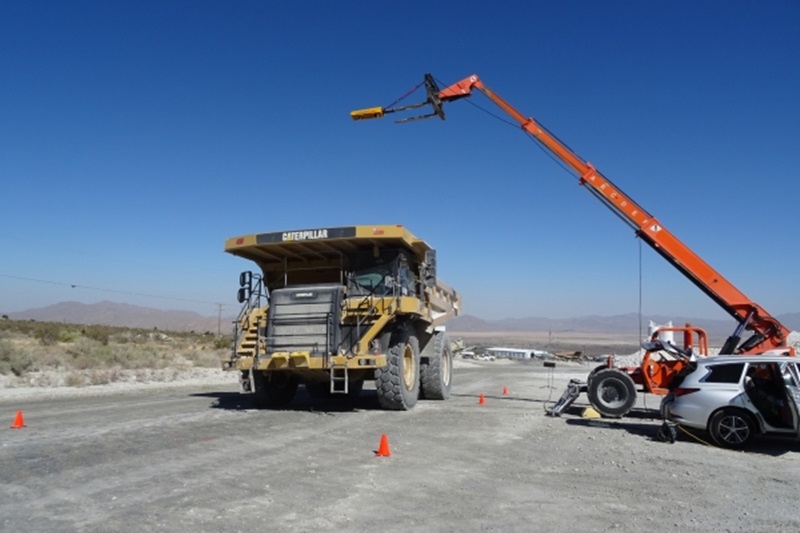Most businesses rely on diesel generators to supply the power they need during power cuts, black outs or any other interruption to the mains supply. There are many different types of configurations of generators but they all pretty much work the same way and have the same core components.

How a Diesel Generator Creates Electricity
The diesel generator primarily converts mechanical energy (movement) into electrical energy that can then be channeled through power cables. If you think of power flowing through electrical wires in much the same way that water flows through pipes, then it is easy to imagine a generator as an electrical pump that causes electricity to flow through wires.
The following is a breakdown of each component of the diesel generator and how each one works.
- The Engine
The engine is the primary source of power for the generator. The larger the engine, the more mechanical energy can be converted to electrical power.
- The Alternator
The alternator is the part of the generator that converts mechanical energy into electrical power through a process known as induction. The process was first described by Faraday in the 1830s. He described the process of electromagnetic induction saying that if you move a wire or any other electrical conductor through a magnetic field, electrons will flow through the wire. The stronger the magnetic field and the longer the fire, the greater the current generated.
- The Fuel System
This is how fuel is supplied to the engine. It consists of a tank that can hold enough fuel for 6-8 hours of operation, pipes to get the fuel to the engine and a fuel pump similar to those found in vehicles. It may also include a fuel filter a ventilation pipe or a valve for the fuel tank.
- The Voltage Regulator
The generator must also have a voltage regulator to level out the amount of power produced.
- The Cooling System
One of the by-products of the process of induction is heat and just like a vehicle, the generator will need a cooling system to ensure a free flow of cool air.
- The Exhaust System
Exhaust gases are another by-product of the process and should be directed away from the engine. The exhaust system handles this perfectly.
- The Lubrication System
To work correctly, the engine needs to be lubricated. An oil pump and a reservoir attached to the engine provide the needed lubrication.
- The Starter and Battery System
The diesel generator needs a small electrical motor to start running and this starter needs to be powered by a battery. The battery can be charged by a separate charger or the generator output itself.
- The Control Panel
The control panel allows you to control all aspects of the diesel generator. Some of the things you can configure and manage using the control panel include start and shutdown controls, engine fuel, engine speed, engine oil, frequency switch, phase selector switch, battery change and so many more.
Read: Safety Tips for Operating Construction Equipment and Tools

 by
by 

